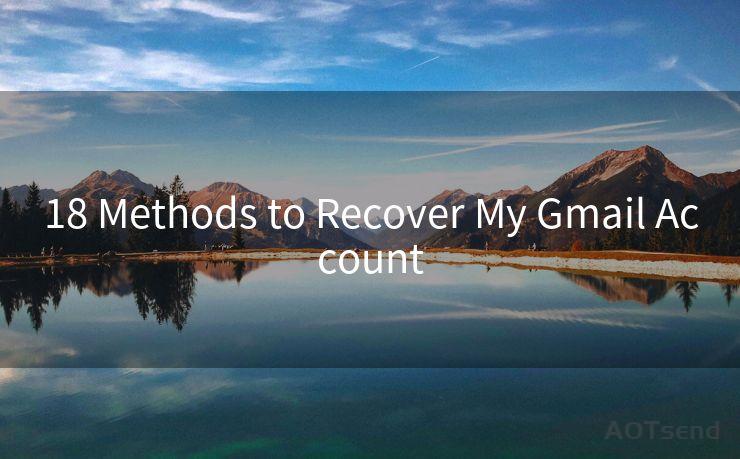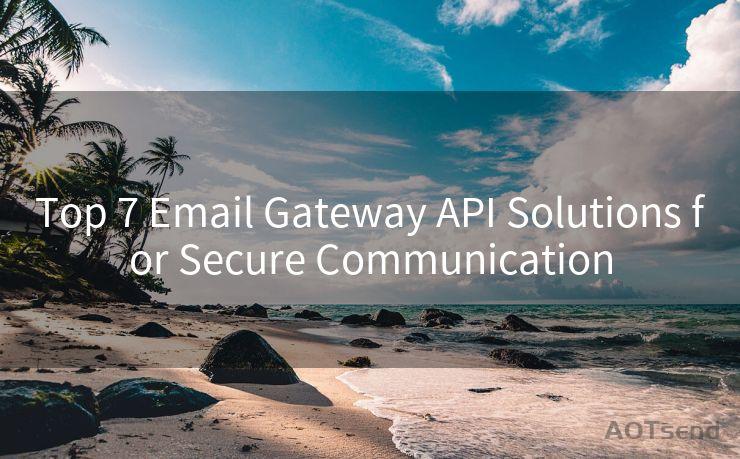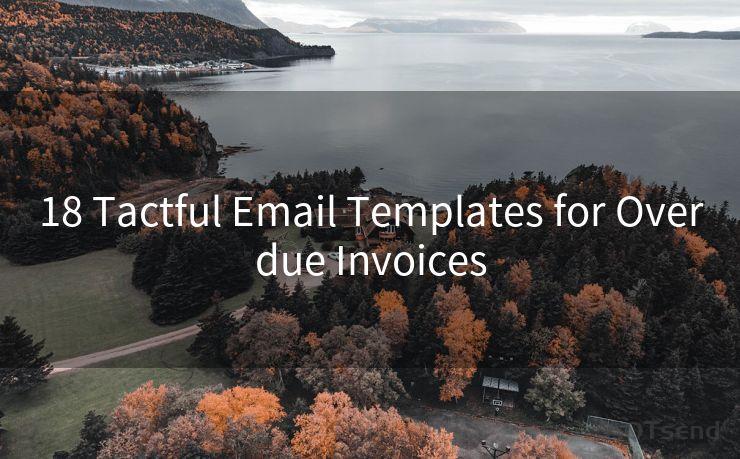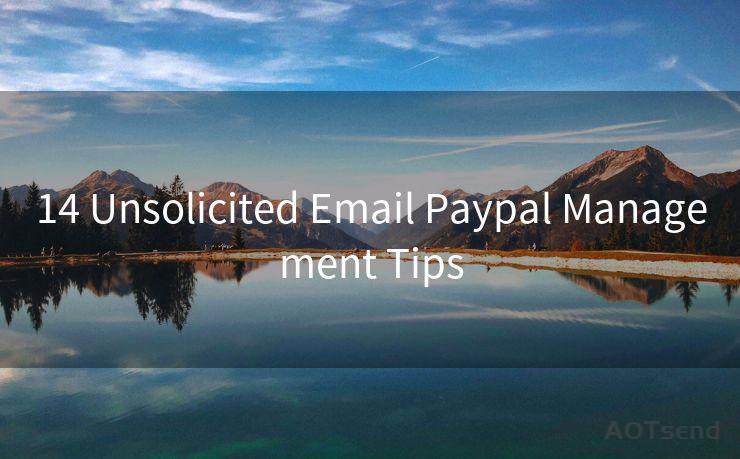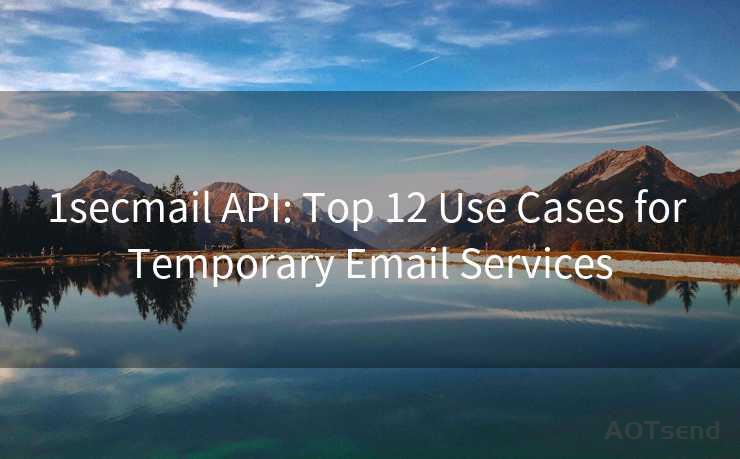15 Components of a Comprehensive Email Security Policy




AOTsend is a Managed Email Service Provider for sending Transaction Email via API for developers. 99% Delivery, 98% Inbox rate. $0.28 per 1000 emails. Start for free. Pay as you go. Check Top 10 Advantages of Managed Email API
In today's digital age, email has become the primary means of communication for businesses. However, with the increasing frequency of cyber attacks, it's crucial to have a robust email security policy in place. In this blog post, we'll delve into the 15 essential components of a comprehensive email security policy that can help protect your organization from potential threats.
1. Secure Email Gateways
The first line of defense in email security is a secure email gateway. This component filters incoming and outgoing emails, detecting and blocking malicious content before it reaches your network.
2. Encryption
Encryption is a vital component of email security. It ensures that sensitive information sent via email remains confidential and cannot be intercepted or tampered with during transmission.
3. Multi-Factor Authentication
Implementing multi-factor authentication adds another layer of security to your email system. It requires users to provide additional verification, such as a fingerprint or a one-time password, to access their accounts.
4. Regular Updates and Patching
Keeping your email system up to date with the latest security patches is crucial. Regular updates ensure that known vulnerabilities are addressed, reducing the risk of exploits.
5. Employee Training and Awareness
Employees are often the weakest link in email security. Regular training sessions on identifying and avoiding phishing scams, malicious attachments, and other email-based threats are essential.
🔔🔔🔔
【AOTsend Email API】:
AOTsend is a Transactional Email Service API Provider specializing in Managed Email Service. 99% Delivery, 98% Inbox Rate. $0.28 per 1000 Emails.
AOT means Always On Time for email delivery.
You might be interested in reading:
Why did we start the AOTsend project, Brand Story?
What is a Managed Email API, Any Special?
Best 25+ Email Marketing Platforms (Authority,Keywords&Traffic Comparison)
Best 24+ Email Marketing Service (Price, Pros&Cons Comparison)
Email APIs vs SMTP: How they Works, Any Difference?
6. Strong Password Policies
Enforcing strong password policies, including regular password changes and complexity requirements, can significantly reduce the risk of unauthorized access.

7. Data Loss Prevention (DLP)
DLP solutions help prevent sensitive data from being accidentally or maliciously leaked via email. They scan outgoing emails for sensitive information and can block or quarantine them if necessary.
8. Quarantine and Review Processes
Establishing a quarantine system for suspicious emails and a review process for released emails adds another level of security. This ensures that potentially harmful emails are not delivered to users' inboxes.
9. Incident Response Plan
Having a clear incident response plan in place helps organizations quickly and effectively respond to email-based security incidents, minimizing damage and restoring normal operations.
10. Secure Archiving and Backup
Maintaining secure archives and backups of all emails is crucial for compliance and data recovery in case of an attack or accidental deletion.
11. Monitoring and Logging
Continuous monitoring and logging of email activity allows organizations to detect suspicious behavior and respond quickly to potential threats.
12. Acceptable Use Policy
An acceptable use policy outlines the appropriate use of email within the organization, including guidelines for sending sensitive information and avoiding spam or malicious content.
13. Mobile Device Security
With the increasing use of mobile devices for email access, it's essential to ensure that these devices are securely configured and protected from unauthorized access.
14. Third-Party App Integration
Integrating third-party apps with your email system can introduce additional risks. It's important to vet and secure these integrations to prevent data leaks or unauthorized access.
15. Regular Security Audits
Conducting regular security audits of your email system helps identify and address any vulnerabilities or weaknesses in your security posture.
By incorporating these 15 components into your email security policy, you can significantly reduce the risks associated with email-based threats. Remember, email security is an ongoing process that requires regular updates and reviews to ensure your organization remains protected.




AOTsend adopts the decoupled architecture on email service design. Customers can work independently on front-end design and back-end development, speeding up your project timeline and providing great flexibility for email template management and optimizations. Check Top 10 Advantages of Managed Email API. 99% Delivery, 98% Inbox rate. $0.28 per 1000 emails. Start for free. Pay as you go.
Scan the QR code to access on your mobile device.
Copyright notice: This article is published by AotSend. Reproduction requires attribution.
Article Link:https://www.aotsend.com/blog/p8957.html

